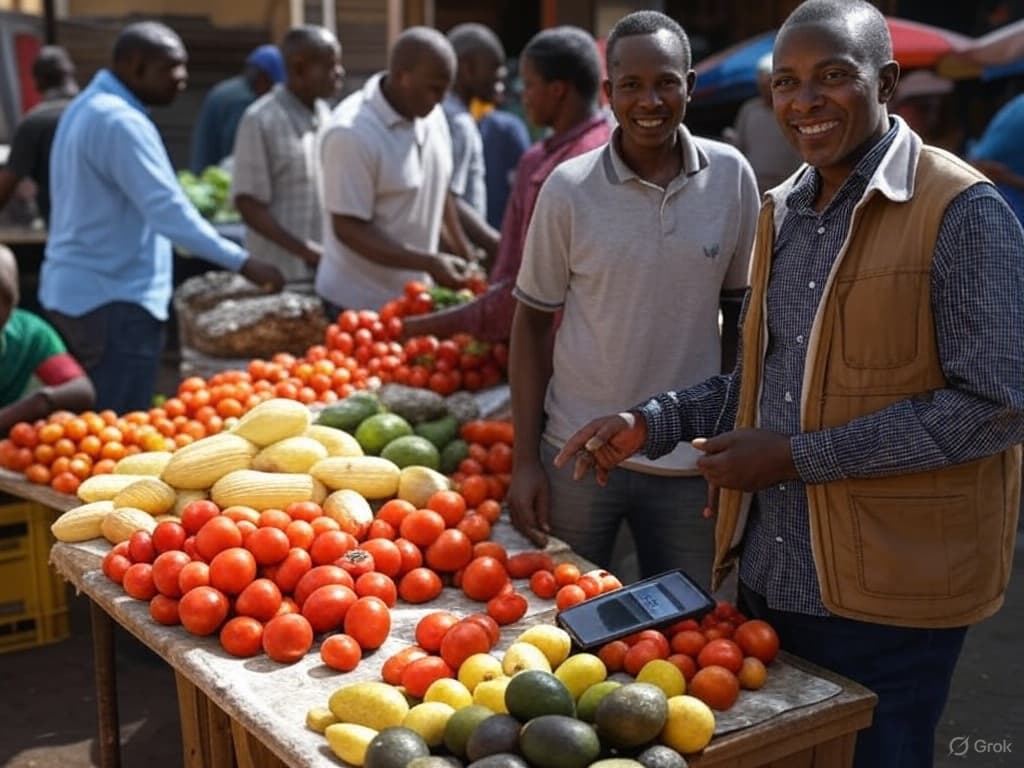Introduction
Agriculture has been the backbone of human civilization for centuries. However, with a rapidly growing global population and increasing environmental concerns, the agricultural industry is evolving to meet new challenges. In this blog, we will explore some of the most innovative trends and sustainable practices shaping the future of farming.
1. Precision Farming: The Role of Technology in Agriculture
Precision farming leverages modern technology to optimize agricultural productivity and minimize waste. Some of the key technologies transforming farming include:
🔹 Drones in Agriculture
Drones equipped with cameras and sensors help farmers monitor crops, detect diseases, and optimize irrigation. They provide real-time data, allowing for more efficient decision-making.
🔹 IoT and Smart Sensors
Internet of Things (IoT) devices enable real-time monitoring of soil conditions, weather patterns, and crop health. Farmers can use data-driven insights to apply fertilizers and water only when necessary, reducing costs and increasing yield.
🔹 AI and Machine Learning
Artificial Intelligence (AI) is being used to predict weather patterns, detect crop diseases, and automate farming operations. Machine learning algorithms analyze historical data to improve efficiency and productivity.
2. Sustainable Agriculture: Eco-Friendly Farming Practices
Sustainability is at the heart of modern agriculture, with several eco-friendly techniques being widely adopted:
🌱 Organic Farming
Organic farming avoids synthetic fertilizers and pesticides, promoting healthier soil and reducing pollution. It emphasizes the use of natural compost, crop rotation, and biological pest control.
🌾 Regenerative Agriculture
Regenerative agriculture focuses on restoring soil health through practices like cover cropping, reduced tillage, and composting. This method improves biodiversity and carbon sequestration.
💧 Water Conservation Techniques
With water scarcity being a major concern, farmers are adopting water-efficient methods such as:
Drip irrigation – A system that delivers water directly to plant roots, reducing waste.
Rainwater harvesting – Collecting and storing rainwater for irrigation.
Mulching – Covering soil with organic materials to retain moisture and prevent evaporation.
3. Vertical Farming and Urban Agriculture
With urbanization on the rise, vertical farming is becoming an innovative solution for growing food in cities. Vertical farms use stacked layers of crops in controlled environments, minimizing land use while maximizing productivity.
Advantages of Vertical Farming:
✅ Requires less land compared to traditional farming.
✅ Uses up to 90% less water.
✅ Enables year-round production regardless of climate conditions.
✅ Reduces the need for chemical pesticides.
4. The Role of Biotechnology in Agriculture
Biotechnology is revolutionizing agriculture by developing genetically modified (GM) crops that are more resistant to pests, diseases, and harsh climates. Some key advancements include:
🌾 Genetically Modified Crops (GMO)
GMOs are engineered to enhance productivity and resist pests. Examples include drought-resistant maize, pest-resistant cotton, and disease-resistant bananas.
🧬 CRISPR Gene Editing
CRISPR technology allows scientists to edit plant genes for better yield, improved nutrition, and enhanced resistance to diseases.
5. Challenges Facing Modern Agriculture
Despite advancements, the agriculture industry still faces significant challenges:
🌍 Climate Change
Rising temperatures, unpredictable weather, and extreme droughts are affecting crop yields worldwide.
🛑 Soil Degradation
Intensive farming and deforestation have led to nutrient depletion in soil, making it less fertile.
💰 Rising Costs
The cost of fertilizers, machinery, and labor continues to rise, making farming less profitable for small-scale farmers.
Conclusion: The Future of Farming
The future of agriculture lies in the integration of technology and sustainable practices. By leveraging precision farming, biotechnology, and eco-friendly methods, farmers can increase productivity while minimizing environmental impact. Governments, researchers, and agribusinesses must collaborate to ensure food security for future generations.
What Can You Do?
Support local and sustainable farmers.
Reduce food waste and adopt eco-friendly consumption habits.
Stay informed about agricultural innovations and their impact on the environment.
🌾 The future of agriculture is in our hands—let’s cultivate it wisely! 🌱




